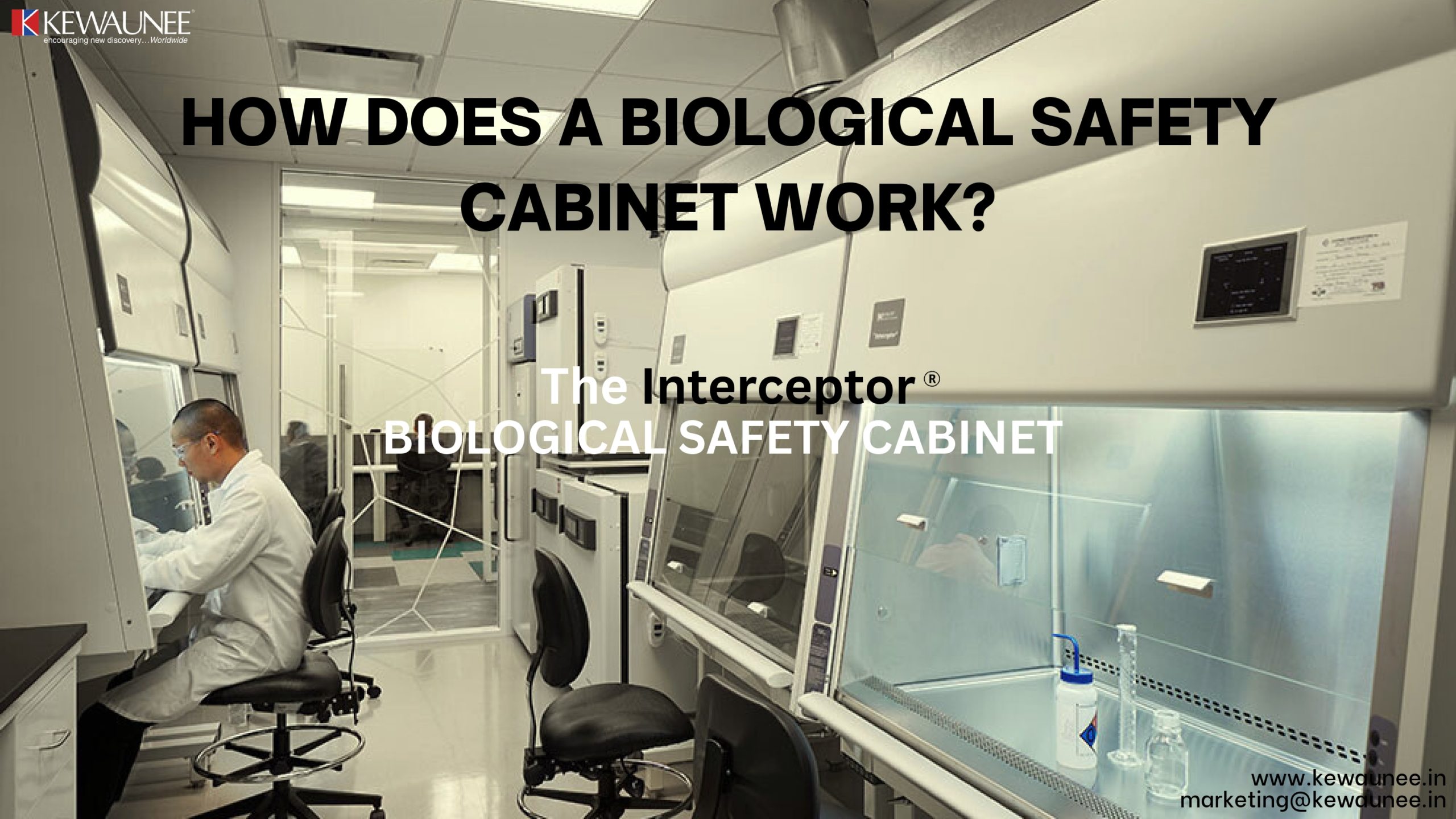How Does a Biological Safety Cabinet Work?
Biological safety cabinets (BSCs) are a critical component of laboratory safety, particularly when working with hazardous biological materials. These cabinets provide a controlled environment that safeguards both the researcher and the surrounding environment.
In this comprehensive blog, we will explore the inner workings of biological safety cabinets, shedding light on their design, functionality, and the important role they play in ensuring laboratory safety.
1: Understanding Biological Hazards
1.1. The Need for Protection:
Biological research often involves handling microorganisms, toxins, and other hazardous materials. BSCs are designed to protect researchers from potential exposure.
1.2. Risk Categories:
Biological materials are categorized into risk groups based on their level of hazard. BSCs are essential when working with Risk Group 2 (RG2) or higher materials.
2: Types of Biological Safety Cabinets
2.1. Class I BSCs:
Class I cabinets provide operator and environmental protection but do not protect the sample. They are commonly used when working with low to moderate-risk materials.
2.2. Class II BSCs:
Class II cabinets offer both operator and sample protection and are suitable for a wide range of biological research, including work with viruses and cell cultures.
2.3. Class III BSCs:
Class III cabinets are designed for maximum containment, used in research involving highly infectious agents. Researchers work through glove ports, and materials are transferred via airlocks.
3: Principles of Operation
3.1. Airflow Patterns:
BSCs use a complex system of airflow to create zones of protection. Air is drawn through intake vents, creating a downward laminar airflow that protects the researcher and sample.
3.2. HEPA Filtration:
High-efficiency particulate air (HEPA) filters are a key component of BSCs. They remove particles and microorganisms from the air, ensuring a clean working environment.
4: Operator Safety
4.1. Protective Barrier:
BSCs have a glass front sash that acts as a physical barrier between the operator and the materials inside. This sash provides protection while allowing researchers to access the workspace.
4.2. Proper Work Practices:
Training and adherence to safety protocols are essential when working in a BSC. Researchers must understand how to maintain the cabinet’s integrity.
5: Environmental Safety
5.1. Air Exhaust:
The air inside the BSC is continually filtered and exhausted through a dedicated ducting system. This ensures that any hazardous materials are safely removed from the laboratory.
5.2. Containment:
BSCs provide a high level of containment, preventing the release of biological materials into the laboratory or the external environment.
6: Certification and Maintenance
6.1. Certification:
BSCs must undergo regular certification and testing to ensure their proper functioning and compliance with safety standards.
6.2. Maintenance:
Routine maintenance, including filter replacement and cleaning, is crucial to the continued effectiveness of the BSC.
Summary
In summary, biological safety cabinets are indispensable tools in laboratories working with hazardous biological materials. Their intricate design, airflow patterns, and HEPA filtration create controlled environments that protect both researchers and the surrounding environment.
Understanding the principles of BSC operation, selecting the appropriate class for the research, and adhering to safety protocols are essential for ensuring laboratory safety. BSCs play a vital role in advancing biological research while minimizing the risks associated with handling hazardous materials.
Comments are closed.











